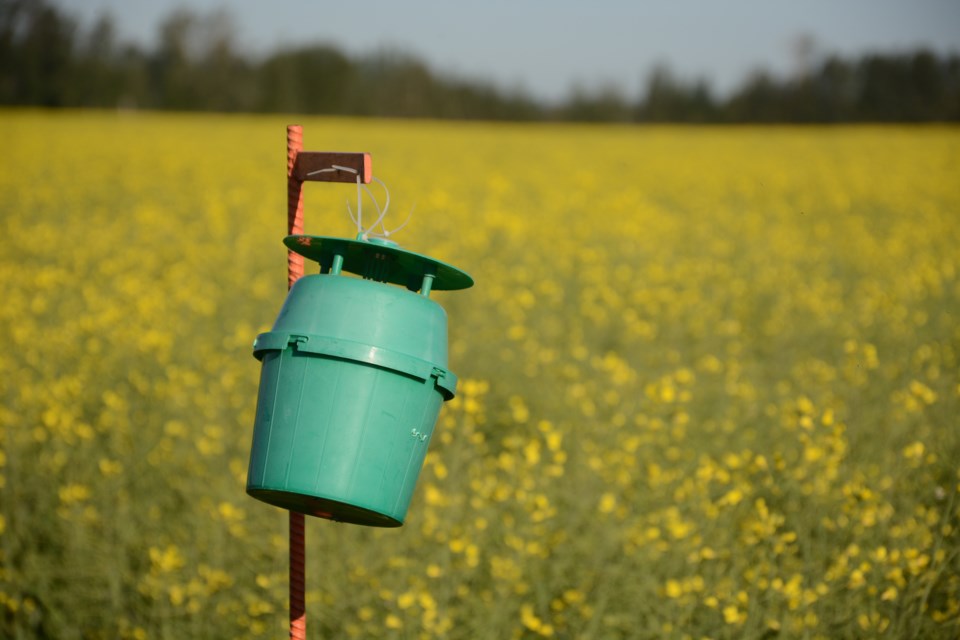WESTLOCK – Area farmers and Gateway Research Organization (GRO) based in Westlock, are experienc- ing some similar problems with crops this year.
GRO manager Sandeep Nain told Town and Country This Week that “crop conditions in our part of the world are the worst in the last five years I have been with GRO.”
He noted the earlier seeded crops are doing better than the later ones but peas are the worst of all as they do not like excessive moisture.
This year, he said, GRO had established a three acre pulse crops site close to Neerlandia, which included faba beans, yellow green peas, lentils and soybean trails.
“Despite being on nice high ground in the field, only the faba beans are standing. The rest of the site is barren.”
Another test site is further west in Woodlands County.
Two other test sites are located north of Westlock, adjacent to the north side of Sunniebend Road on both sides of Highway 44. East of Highway 44, Nain said the site on Pibroch Colony land is wheat. West of Highway 44, GRO has canola plots on Pidsadowski farm land, where the crop there is also canola.
“Those are our two big sites,” Nain noted.
At this site, GRO has a couple of insect traps set up, which they are monitoring for Alberta Agriculture and Forestry.
“We collect the data for them, and they (Agriculture and Forestry) put it into their system and maps for the whole province,” he said.
”The good news is that we have not seen any insect problem in all the pests and diseases we monitor. However, I must say the problem of Sclerotinia sclerotio- rum might be a challenge, and producers might have to use fungicides at the proper stage (50 per cent owering).”
The perennial heifer pasture is stocked with 85 heifers from just three contributors this year.
Depending on how moisture conditions exist later on, the heifers may have to come out early, or if conditions remain good, perhaps later.
A concern, Nain agrees, is the excess moisture in the grass this year is hampering growth rates of the heifers, just as other producers are experiencing. The heifer pasture is largely grass-based, and not the best quality grazing. He feels some supplements will be needed.
In other GRO news, Nain said, “We are hiring a new full time position staff for dealing with the finding solution for the problem of growing annual crops on marginal lands.”
This would be for lands such as where there is deep peat lands that can be farmed in some years, but in years such as this, where excess moisture right from the beginning of the year prevented many of those acres from being seeded.



